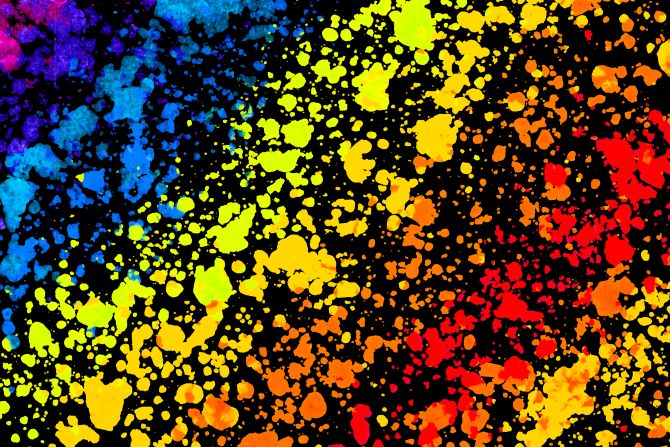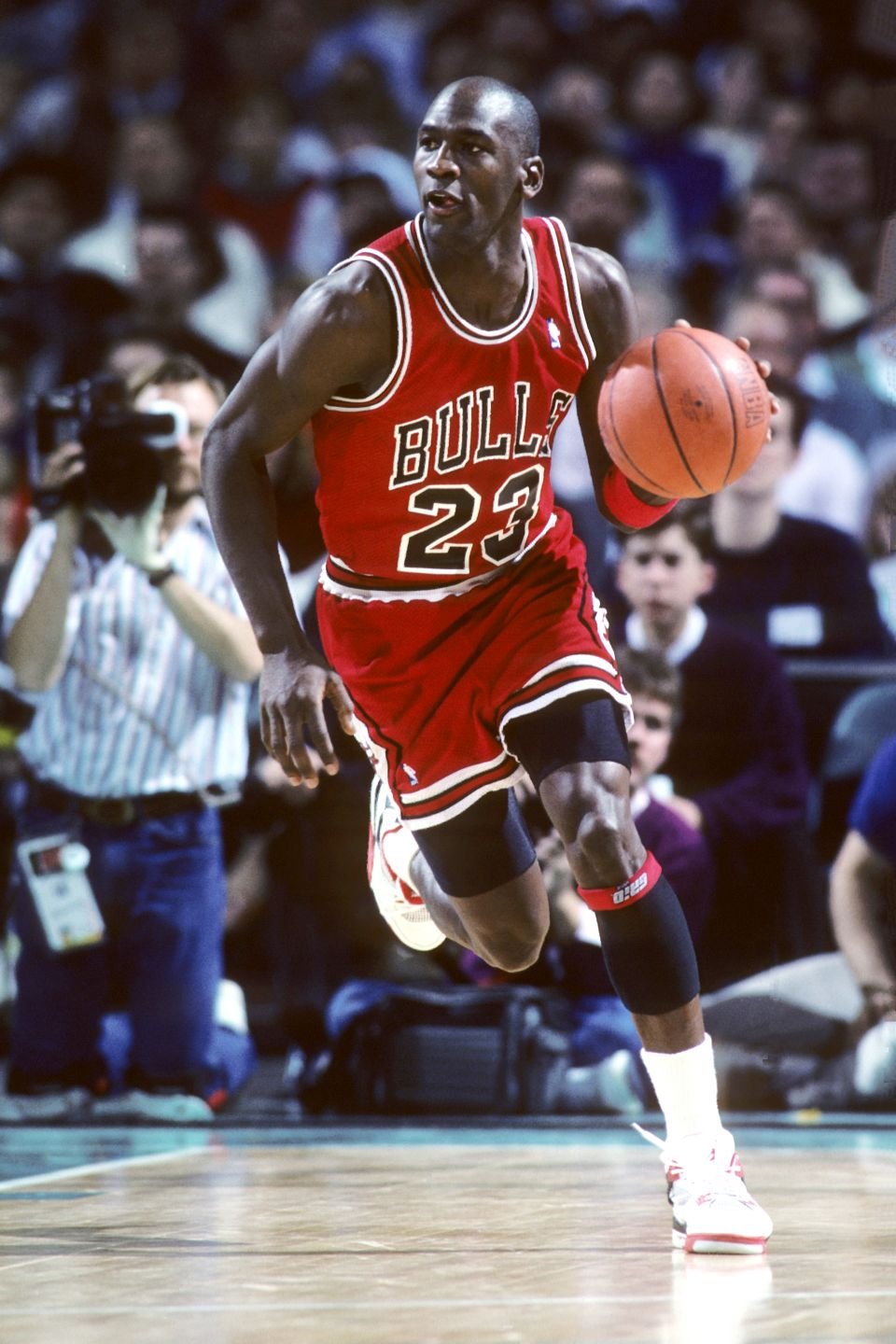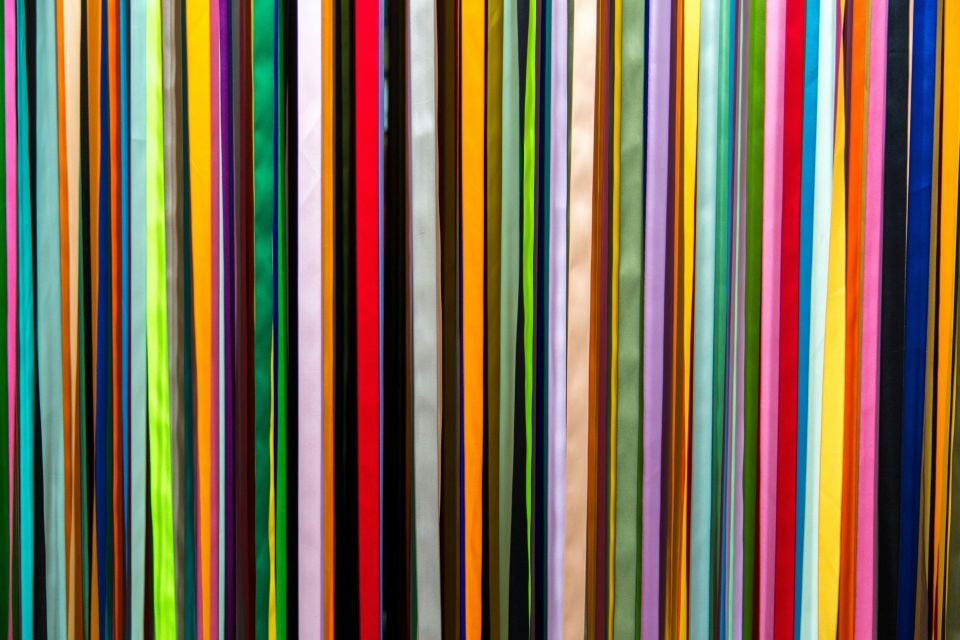The Psychology of Colors
in Team Sportswear

Colors are more than just a visual element in team sportswear; they are powerful psychological tools that can influence team performance, fan engagement, and even the game's outcome. From boosting morale to intimidating opponents, the choice of colors in sports uniforms is not just about aesthetics but also about strategy, one that goes beyond the superficial.
The Science Behind Color Psychology
Color psychology is the study of how colors affect human behavior and emotions. According to various studies, colors can evoke specific feelings and reactions. For instance, research published in the International Journal of Sport and Exercise Psychology found that red is associated with increased energy and aggression, while blue fosters calmness and stability.
Another study in Nature highlighted how athletes wearing red had a statistical advantage in competitive settings, linking the color to dominance and higher testosterone levels. Additionally, a 2005 study by Hill and Barton in Proceedings of the Royal Society B
demonstrated that red clothing in Olympic combat sports was associated with a higher likelihood of victory, potentially due to its psychological impact on both the wearer and the opponent. These associations are often rooted in cultural perceptions and biological responses. In sports, these psychological effects can be harnessed to influence players and opponents.
Colors and Team Morale
The colors a team wears can significantly impact their confidence and cohesion. Bright and bold colors like red and orange can evoke energy and enthusiasm, motivating players to perform at their peak. On the other hand, colors like blue and green can promote calmness and focus, which may be beneficial in high-pressure situations. Custom sportswear incorporating team colors fosters a sense of identity and unity, reinforcing the players' connection to their team.
At owayo, we offer bespoke jersey solutions , where modern teams have the opportunity to create timeless designs that capture their unique identity. From soccer to cycling, with customized and tailored uniforms teams maintain a consistent brand identity regardless of the discipline.
Historical and Modern-Day Examples
The influence of colors in sportswear can be observed in various historical and contemporary examples:
Red Dominance:


The Dutch and the Power of Orange
One of the most iconic and strategic uses of color in team sports is the Dutch national team’s signature orange. The Netherlands has a longstanding association with the color, backed by historical and cultural significance. The orange hue represents the Dutch royal family, the House of Orange , and is a symbol of national pride. On the sports field, this vibrant color plays a psychological role far beyond just visual appeal. It is known to evoke feelings of enthusiasm, energy, and determination—qualities that have become synonymous with Dutch soccer.

During the 1970s and 1980s, the Dutch team's distinctive orange kits became a powerful symbol of the team’s unique identity and their relentless pursuit of victory. The color is believed to fuel the players' motivation, while also having an electrifying effect on their fans. Moreover, the boldness of the orange can impose a sense of urgency and dynamism, potentially intimidating opponents by radiating confidence and passion. The Netherlands’ continued success on the international stage, paired with their iconic orange jerseys, shows how color can be seamlessly woven into a team’s identity and competitive strategy.
Blue for Calmness and Trust:

Unique and Memorable Color Schemes:

Contrasting Combinations for Visibility:

Fan Engagement and Branding
Fans often develop strong emotional connections to their team's colors. These colors become symbolic, representing not just the team but also the community and shared identity of its supporters. Vibrant and unique color combinations can make the team’s branding more memorable, encouraging fan loyalty and merchandise sales. For instance, teams like the Los Angeles Lakers (purple and gold) and Manchester United (red) have built iconic identities around their color schemes.
Psychological Effects on Opponents
The choice of colors can also be a tactical decision. As mentioned previously, studies have shown that red, for instance, can have an intimidating effect on opponents. During the 2025 Australian Open, Alexander Zverev sported a striking red headband, shirt, socks and shoes combo. With a perceived mental dominance over his competitors, this is just one more tool in the arsenal of the young star to help him achieve ultimate success on the court. Indeed, in one study, athletes wearing red were more likely to win competitions, possibly because the color signals dominance and aggression.
Key Considerations for Designing Custom Sportswear
When creating custom sports uniforms, several factors can influence the effectiveness of the design. One significant aspect is the psychological impact of colors. Below are some considerations:

The psychology of colors in team sportswear is a fascinating interplay of science and design. By understanding how colors influence emotions and behaviors, teams can make informed choices that enhance performance, build stronger connections with fans, and create a competitive advantage. Whether it’s the fiery red of a soccer team or the calming blue of a cricket squad, colors are much more than meets the eye—they are a critical component of success on and off the field.
Image credits: Title Image: Image by rawpixel.com on Freepik; Image 2: https://upload.wikimedia.org/wikipedia/commons/a/a7/Wayne_Rooney_144855.jpg; Image 3: Imago - Dreamstime; Image 4: https://upload.wikimedia.org/wikipedia/commons/a/ac/Dutch_football_fan.JPG; Image 5: https://upload.wikimedia.org/wikipedia/commons/d/d8/Indian_Cricket_Player.jpg; Image 6: https://upload.wikimedia.org/wikipedia/commons/c/c0/LeBron_James_Carmelo_Anthony_%28LA_Lakers%29_%28cropped%29.jpg; Image 7: Granada, CC BY-SA 4.0